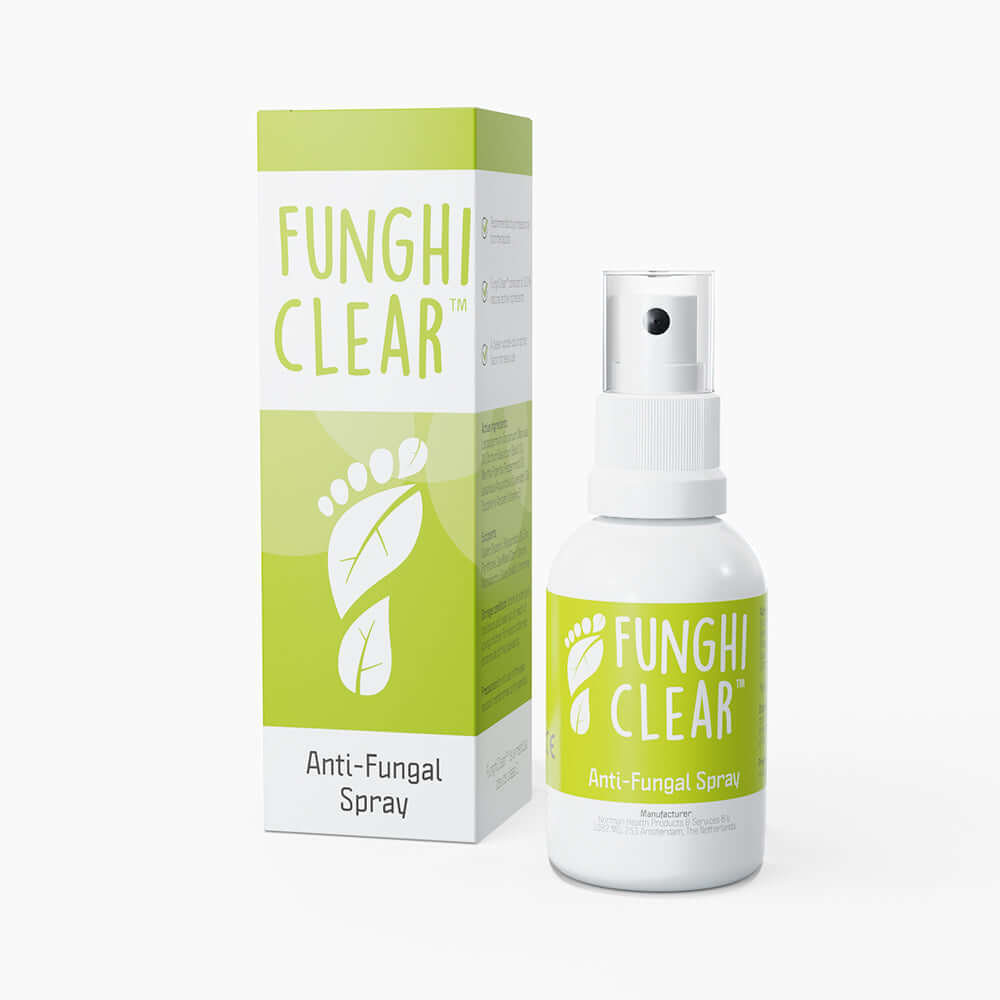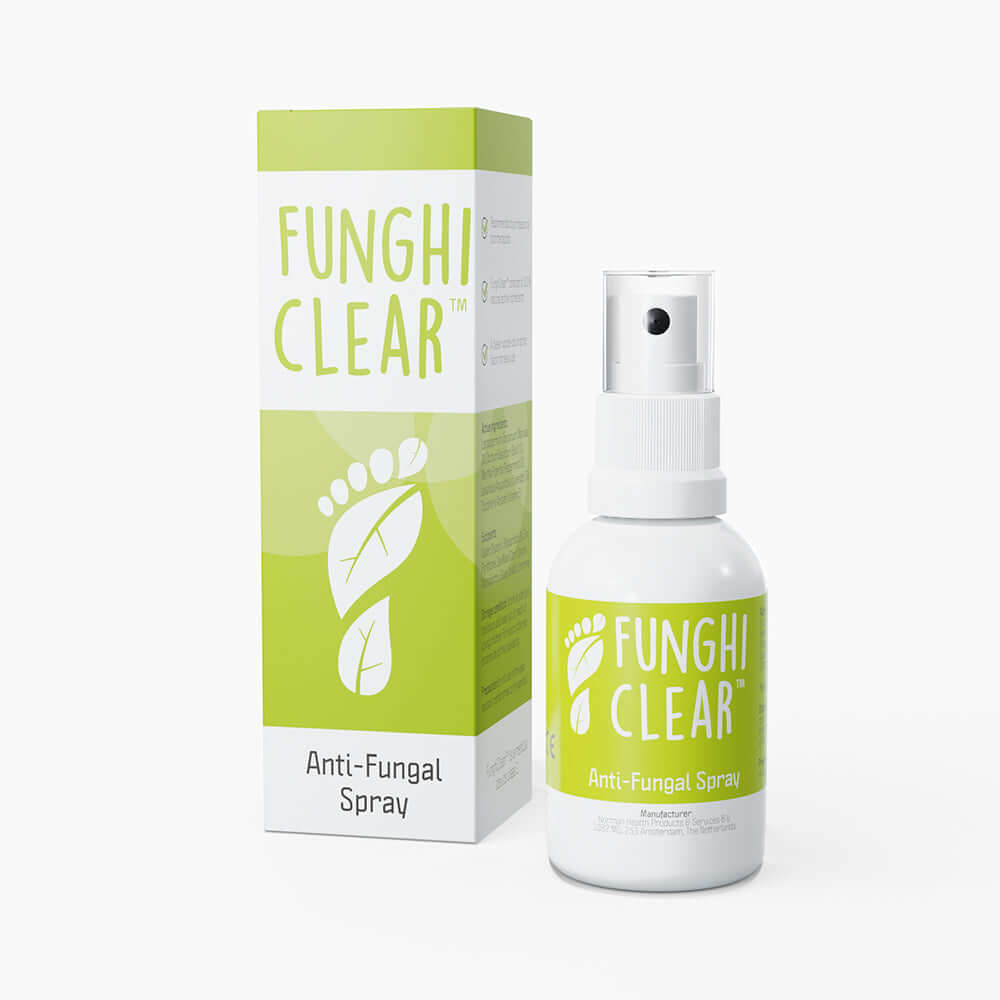
Understanding Nail Fungus
Supportive Guidance on Nail Health
Uncover More

A Common Yet Misunderstood Condition
Toenail fungus, also known as onychomycosis, is a common condition affecting millions of adults worldwide. It thrives in warm, moist environments, which is why public showers, locker rooms, and even the inside of shoes can create opportunities for fungal growth if feet are not kept dry and clean.
Early signs often include subtle changes, such as a white or yellow spot under the tip of the toenail. As the condition develops, nails may become discoloured, thickened, or brittle, sometimes affecting multiple toenails. These visible changes can also lead to discomfort, especially when walking.

Easy to Catch and Challenging to Manage
Toenail fungal infections (dermatophyte onychomycosis) are a common concern and can spread easily in places like showers, changing rooms, and swimming pools. It is estimated that around one in four adults may experience this condition at some point in their lives. Though fungi aren’t visible to the naked eye, common signs may include:
- Redness or irritation around the nail
- Discolouration of the toenail
- Thickening or brittleness of the nail
Changes in shape or separation from the nail bed
These visible changes can sometimes last for long periods, leading to feelings of self-consciousness and discomfort. If you notice persistent changes in your toenails, it is advisable to consult a healthcare professional.
Understanding Risk Factors


Excessive Sweating
This creates a moist environment where fungi thrive, increasing the risk of infection.

Tight or Non-Breathable Shoes
Wearing these can trap moisture around your feet, making it easier for fungi to grow.

Public Places
Walking barefoot in communal areas like showers, locker rooms, and swimming pools exposes your feet to fungi.

Protect Your Feet
Injuries to your nails can provide an entry point for fungi, leading to infections.
Preventive Measures


Keep Feet Dry and Clean
Thoroughly dry your feet after washing, and choose moisture-wicking socks to help reduce dampness.

Choose Proper Footwear
Opt for breathable shoes and avoid sharing footwear with others to lower the risk of cross-contamination.

Practice Good Hygiene
Regularly clean and trim your nails to help support overall foot health.

Protect Your Feet
Wear shower shoes in public areas and avoid walking barefoot in communal spaces.




FunghiClear™ Anti-Fungal Spray








